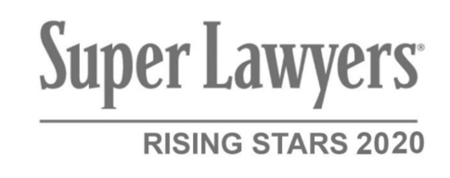The Future of Liability with Driverless Cars
Published in Car Accidents on November 27, 2015
Reading Time: 3 minutes
Vehicles have evolved drastically in the last few decades to include more automated features. Blind spot monitoring, self-parking, and lane change warnings are a few of the options available on modern cars. Some companies, such as Google and Tesla, have even introduced driverless technology.
This evolution has sparked changes in how accidents are handled. Federal guidelines for the testing and certification of autonomous vehicles have not kept up with the technology. Manufacturers face different rules from state to state, making testing difficult. This lack of consistent regulation sparks a big question: who’s responsible if there’s a car accident?
Product Liability Law and Driverless Vehicles
Maybe not the first thing that comes to mind when thinking of cars, product liability is often associated with driverless vehicles. Claims can be filed against defective products that cause harm to persons or property. In this case, automated vehicles may cause accidents through no fault of the driver.
Sellers of driverless vehicles must exercise reasonable care in the sale of their autos, and they may be found negligent if they don’t. Driverless car defects can be associated with five product liability categories:
- Manufacturing defects. This is caused when a product is defectively manufactured or assembled. For example, a car may be shipped with a self-parking system that isn’t market ready. If the driver is injured from an accident due to this flaw, he or she could file a claim for a manufacturing defect.
- Design defects. In this case, a model is defective because of a design flaw. The product must have been defective when it left the manufacturer’s possession. The autonomy of driverless cars is an area of argument for design defects.Drivers still have to be responsible behind the wheel and should be available on short notice to take over the controls. But the definition of short notice may be mixed. To determine liability, a risk-utility test is used. This examines if the risk posed by a design defect could have been avoided or reduced by the manufacturer without significant changes to the car.
- Failure to warn. Manufacturers and sellers must adequately inform customers about the risks associated with a product. In the case of autonomous cars, most companies are very conservative with warnings. A unique situation arises, however, when risks are discovered after the sale. Autonomous features are a result of software, and upgrades will need to be issued if there are bugs.
- Misrepresentation. This can occur when a manufacturer advertises information that turns out to be false. For example, a manufacturer may note that a car can park without any intervention, but the purchaser finds he or she has to use the brake constantly when parking.
- Breach of warranty. Warranty breaches fall under contract law. They’re created due to the marketing and selling of products and can be implicit or explicit. They ensure the goods being sold are up to standard. There are two types of warranties. Express warranties are created through a promise made from buyer to seller in association with the sale of the car. Implied warranties are not explicitly stated, but the idea is that the car will be fit for the purpose it is sold for.
All of these defects can contribute to accidents. Human error also has to be taken into consideration if the driver was controlling the car during the accident. Therefore, liability will always be important when it comes to motor vehicle operation, but the type of liability may change over time towards manufacture error.
For more information, call a Boston car accident lawyer at (617)-391-9001. Or if you would prefer to email, then please visit our contact page.
Comments are closed.










